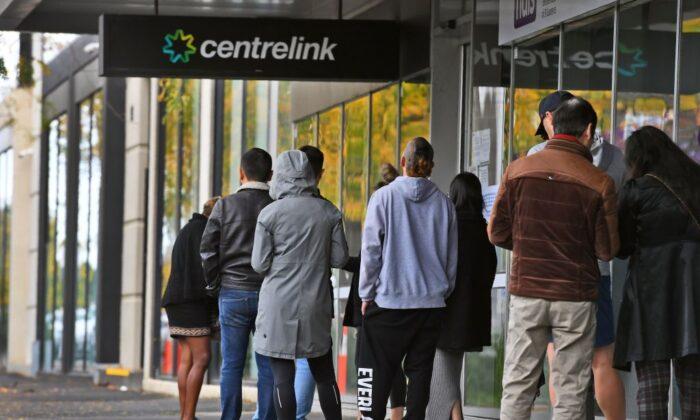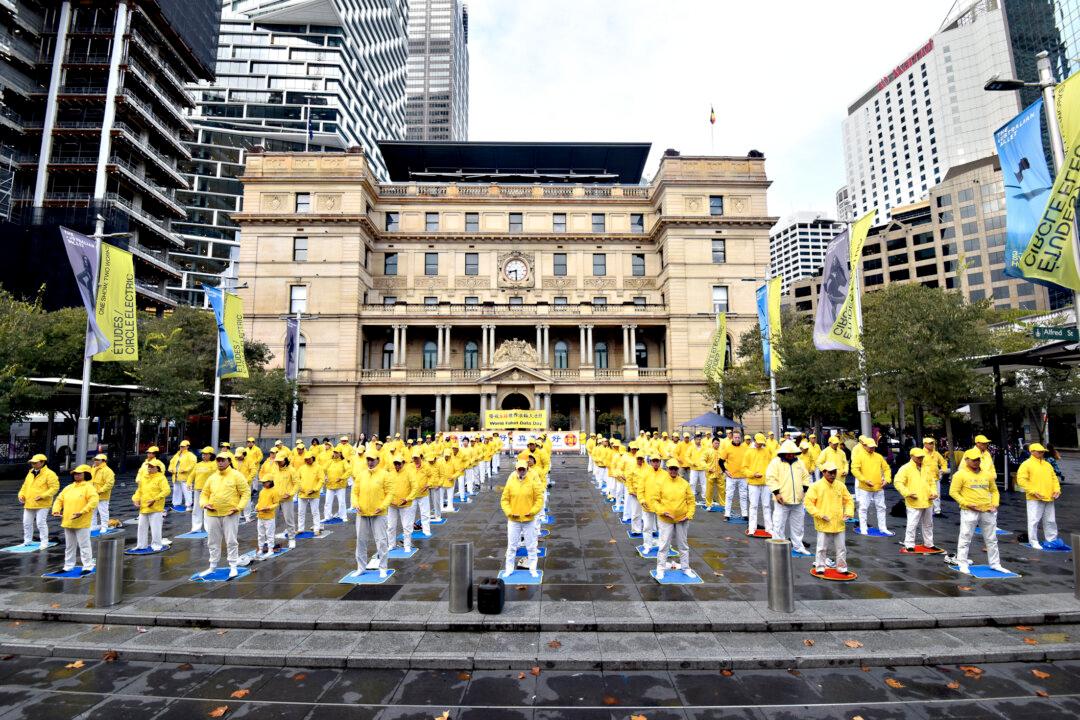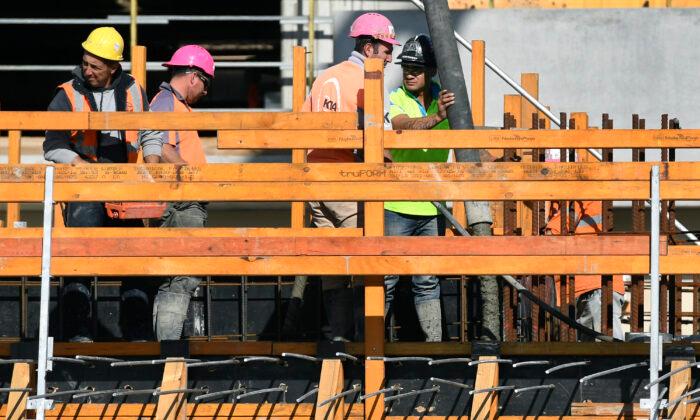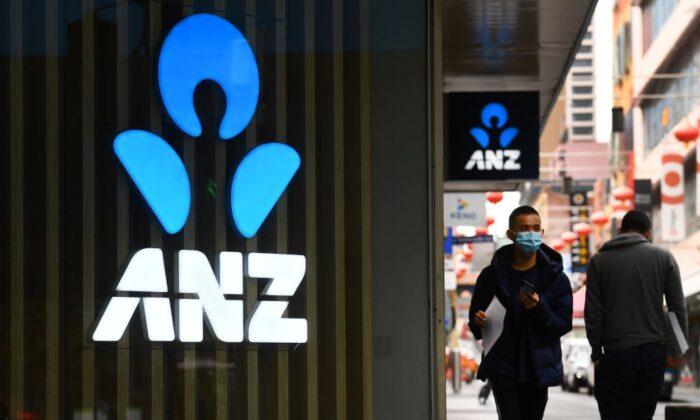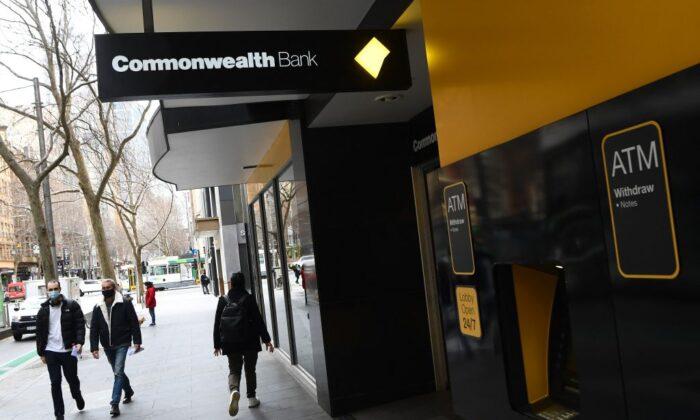One Million People Lost Income
The survey was the first of its kind in gauging the household impact of the CCP (Chinese Communist Party) virus, commonly known as novel coronavirus.Between March 31 and April 6, 1,059 people were surveyed via telephone across Australia.
The sample is much smaller, and therefore less statistically accurate, than the monthly labour force data, but it highlights the drastic effect of the lockdown which was induced by the pandemic.
In the first week of April, only 56 percent of respondents were working paid hours, versus 64 percent in early March.
By contrast, the proportion of respondents who said they still have a job only dropped from 66 to 63 percent. This may indicate many employers are trying to keep positions for their staff while having to stand them down temporarily due to the lockdown.
Consumer and Business Confidence Plunges
The findings of the ABS is in line with recent business and consumer confidence indicators released by major banks.The reading measures confidence in future financial conditions, confidence in the current economic conditions, and confidence in “time to buy a major household item”.
It reported that confidence plunged to 65.3, significantly lower than in the deep recessions of the early 1980s and early 1990s during the Global Financial Crisis.
Confidence bounced back a bit on April 5 and again on April 12, after the legislation of the Jobkeeper payment, yet remained at one of its lowest-ever levels.
“We expect a recession of unprecedented speed and magnitude for the Australian economy over the next three quarters.
Long Road to Recovery
A new analysis from Grattan Institute, published on April 19, points to more daunting unemployment prospects than the Treasury forecasted last week.In the long run, the unemployment rate could rise to 10 or 15 percent.
The effects of the shutdown restrictions vary with industry and income groups. The hospitality industry would be the hardest hit, where more than half of all workers could lose their jobs—followed by retail, education, and the arts.
Lower-income workers are twice more likely to be out of work than higher earners, and younger workers and women are more likely to suffer because they largely work in industries most affected by lockdown rules.
As for recovery prospects, the researchers warned against any thought of a swift recovery. It said: “History tells us that recovery from periods of high unemployment is rarely fast.
“The longer this downturn goes, and the worse it gets, the less likely the labour market and the broader economy can spring back afterwards.”
On a positive note, the report says that the Australian government is now on the right track by spending record amounts trying to cushion Australian workers and businesses from the worst impacts of the unprecedented crisis.
It also advises that the government focus needs to shift from economic support to economic stimulus in due course, and more economic reforms are needed to boost productivity and long-term living standard.
